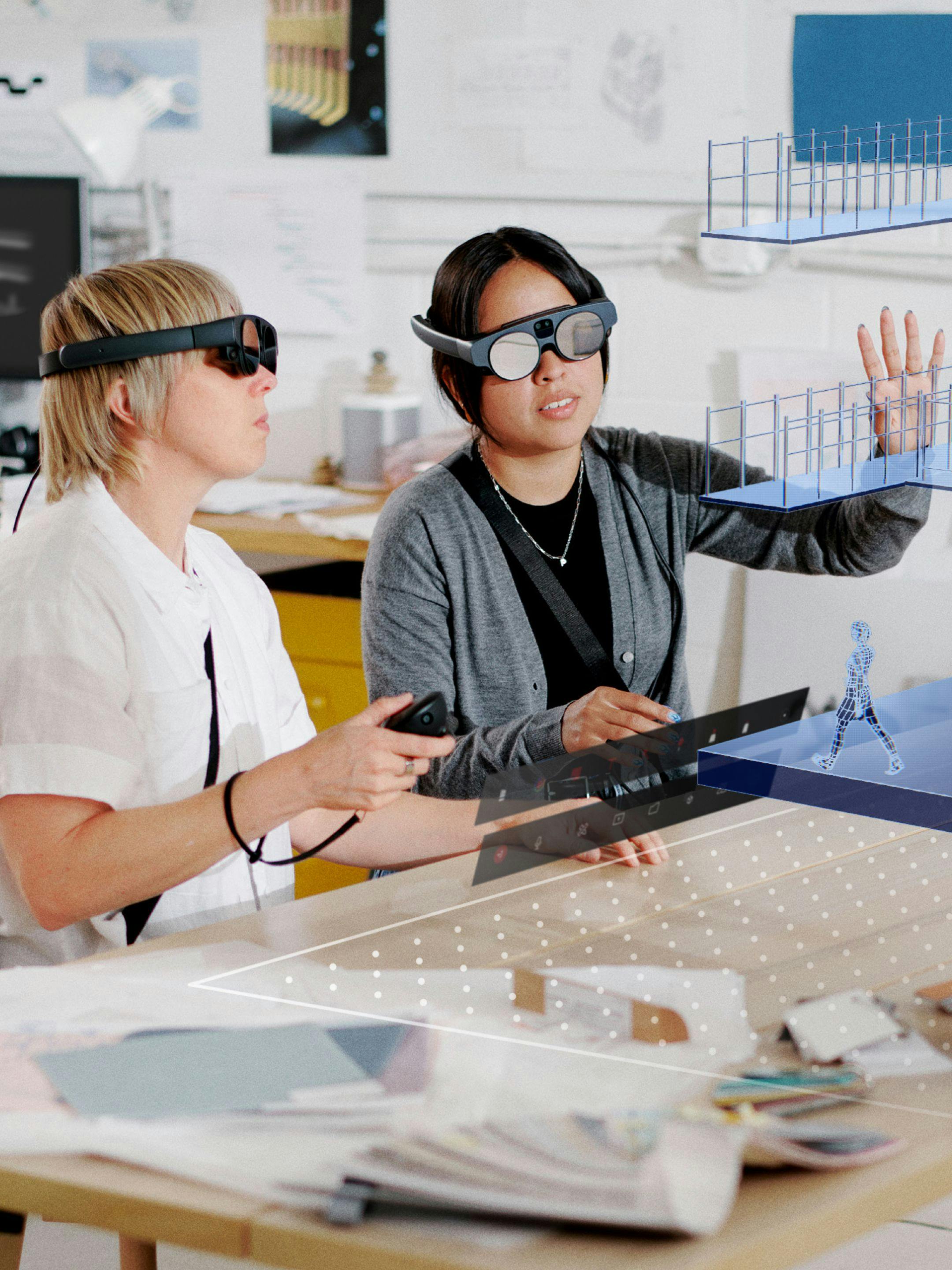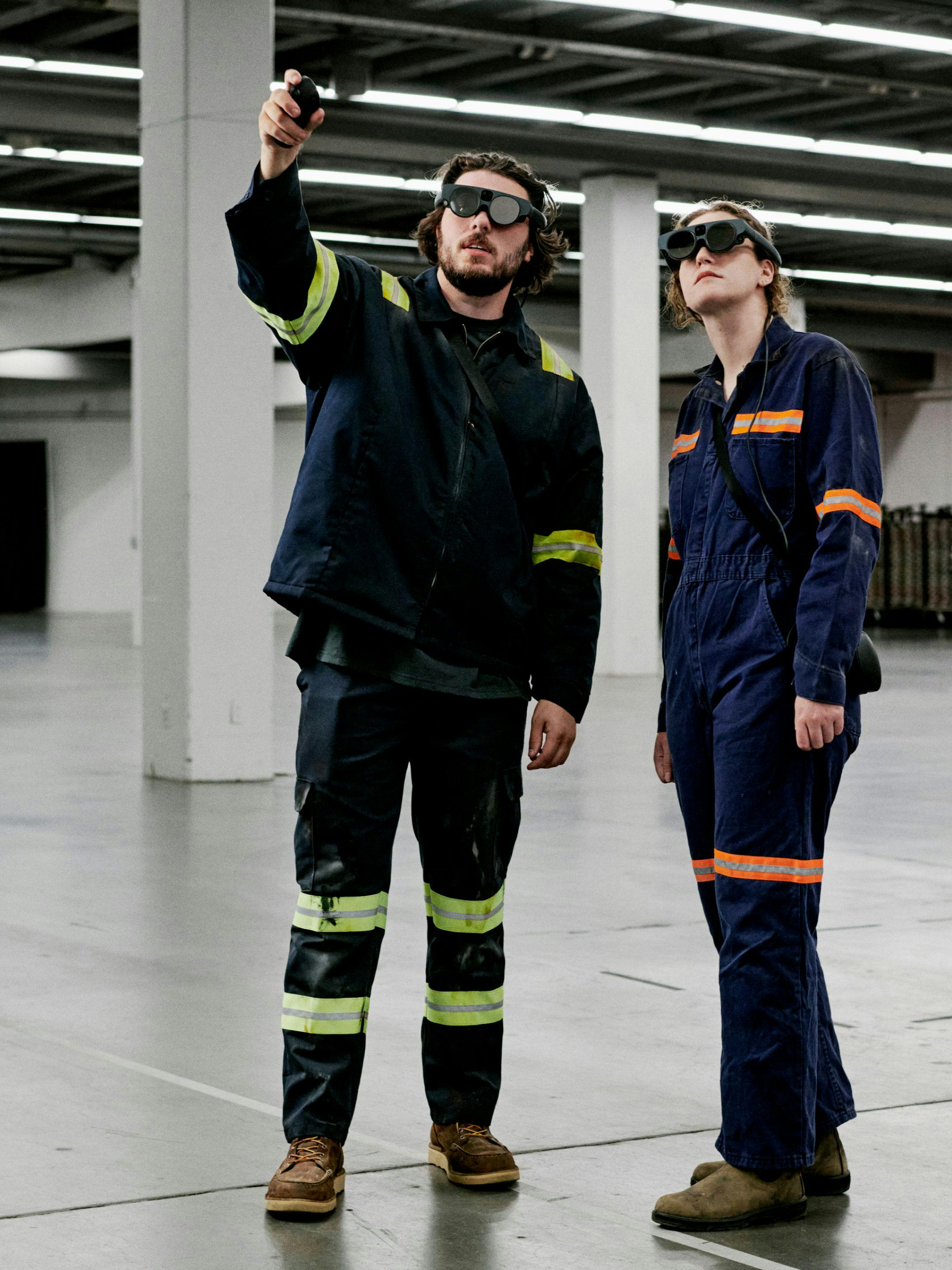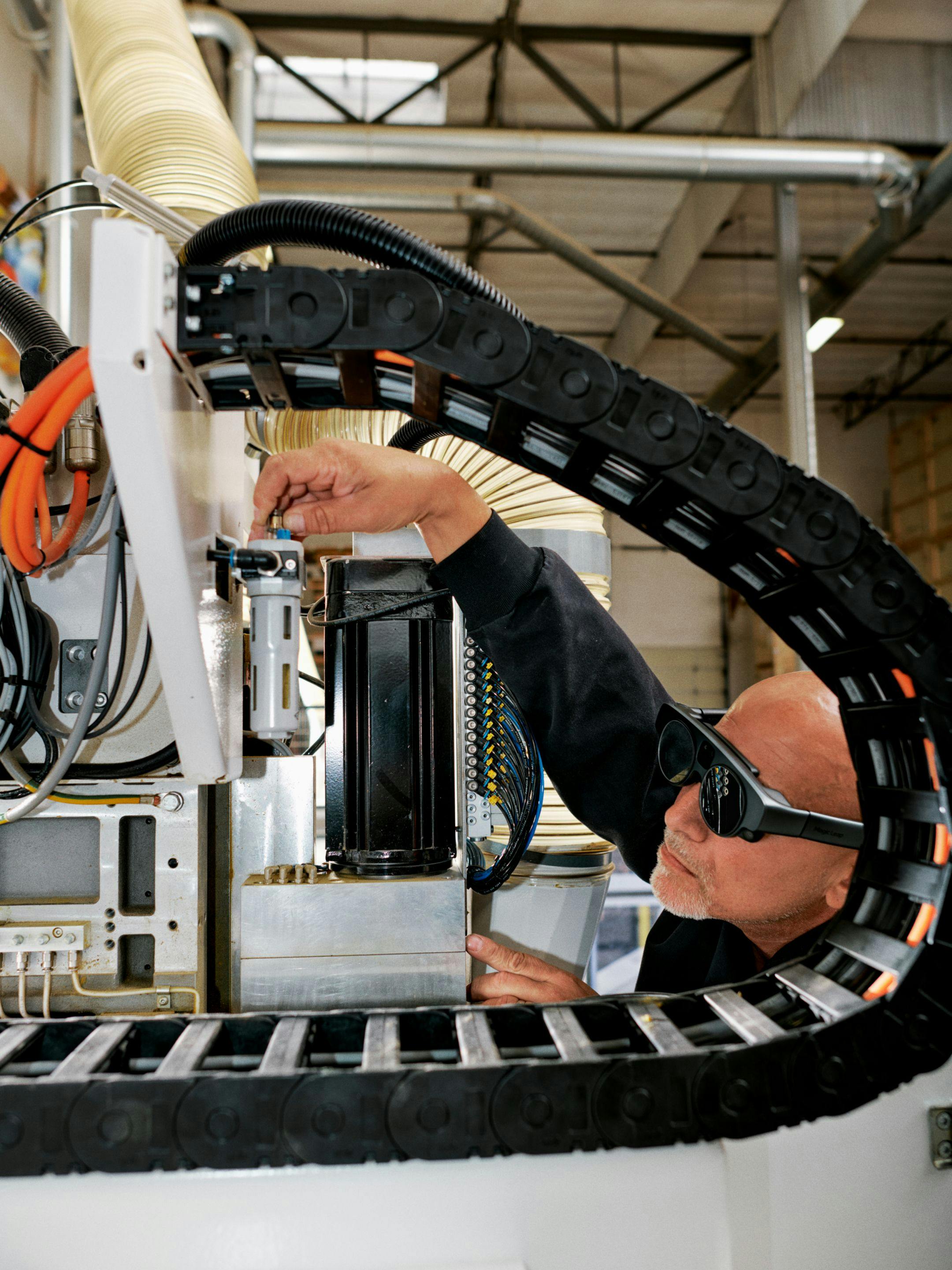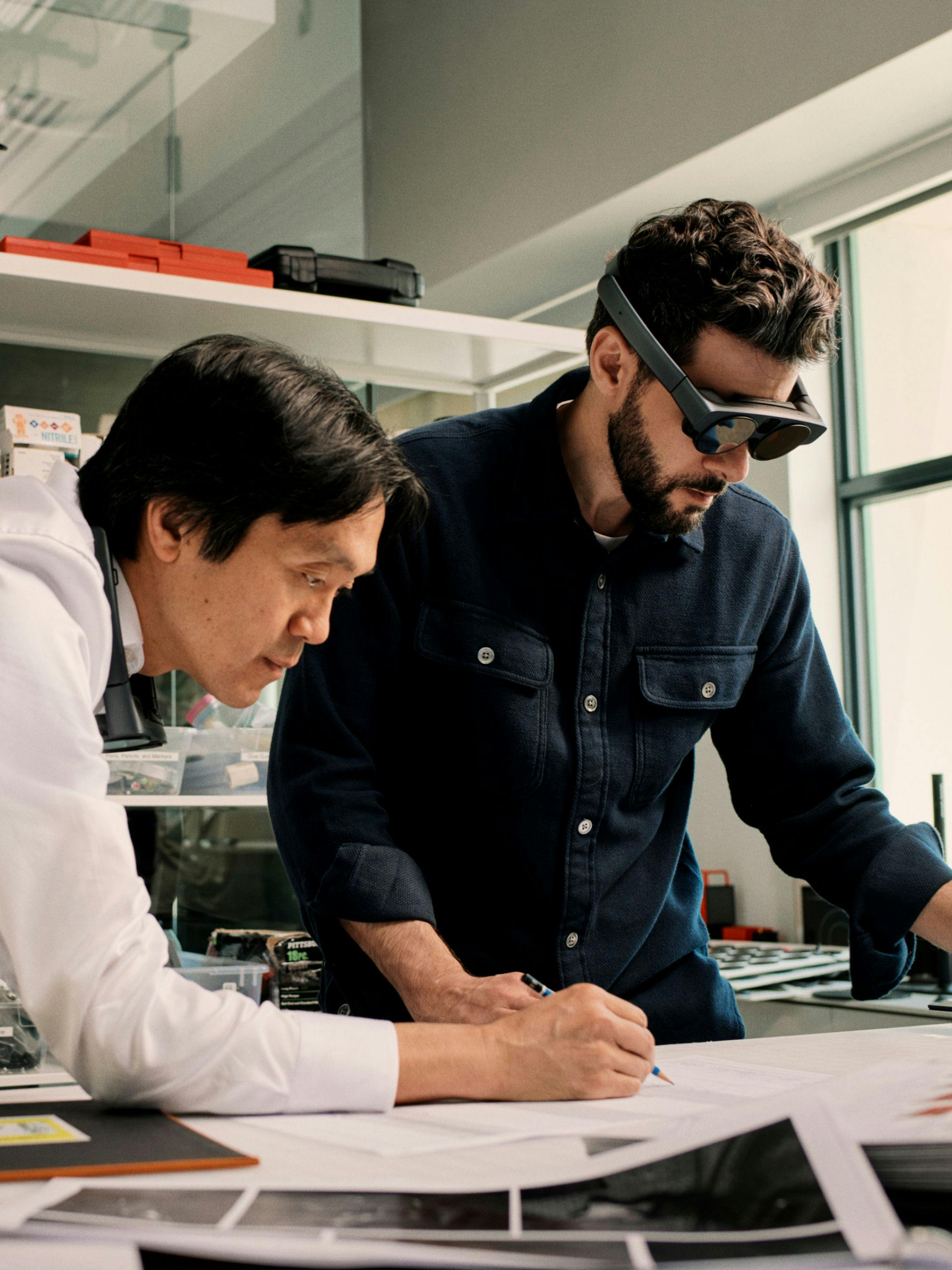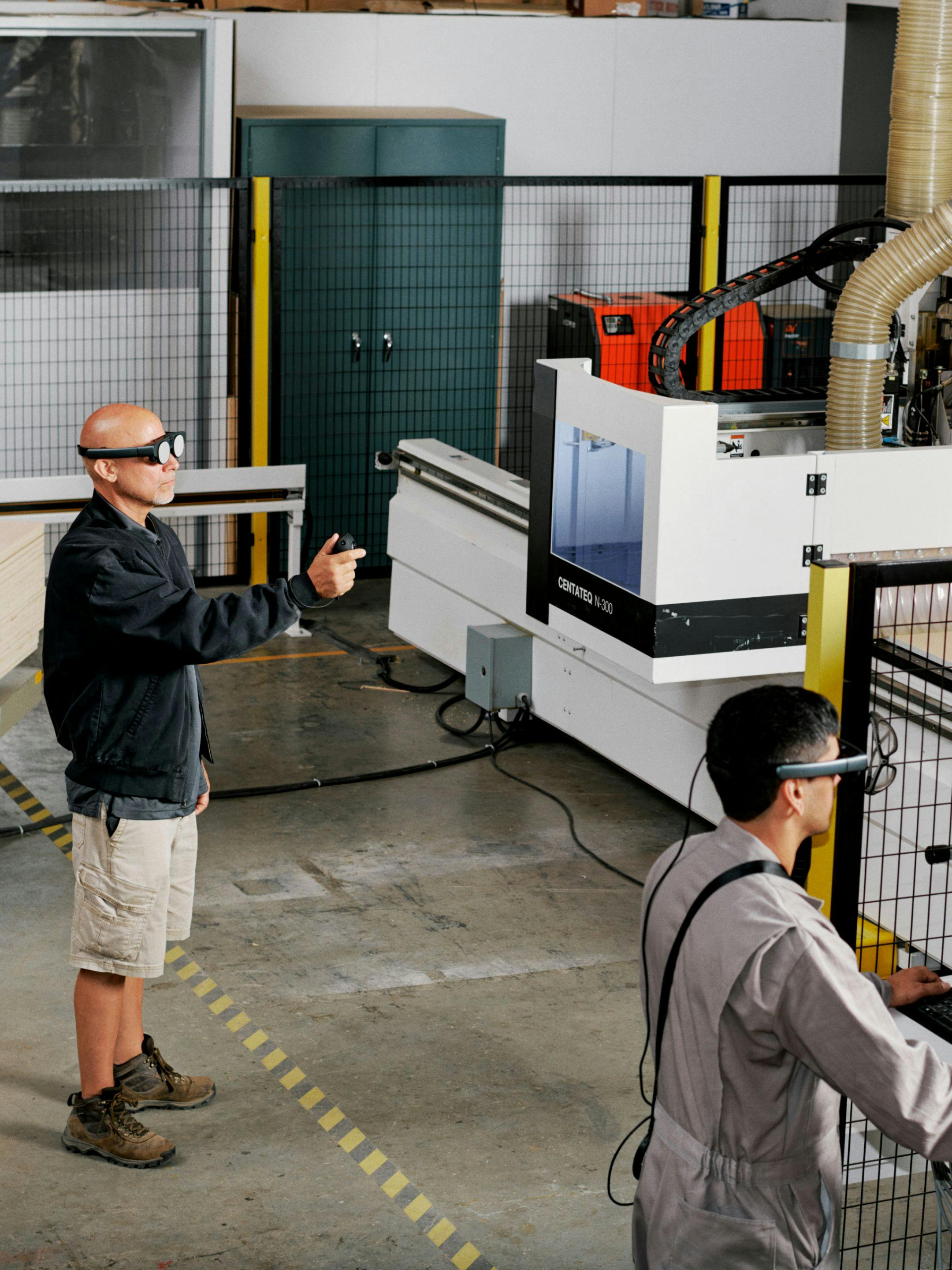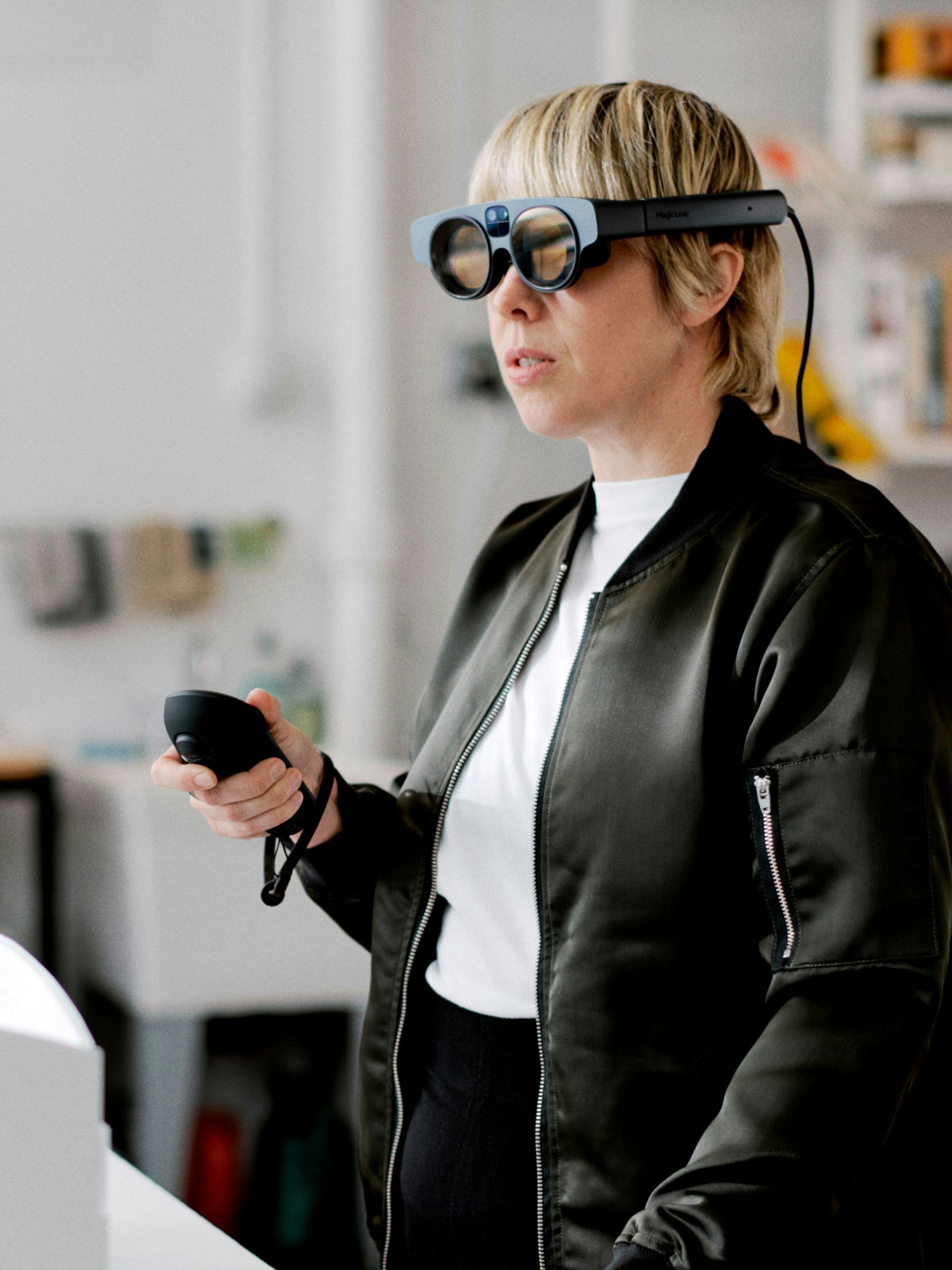Benefits
Use Magic Leap 2 with purpose-built apps to improve efficiency
CAPABILITIES
See more. Do more.
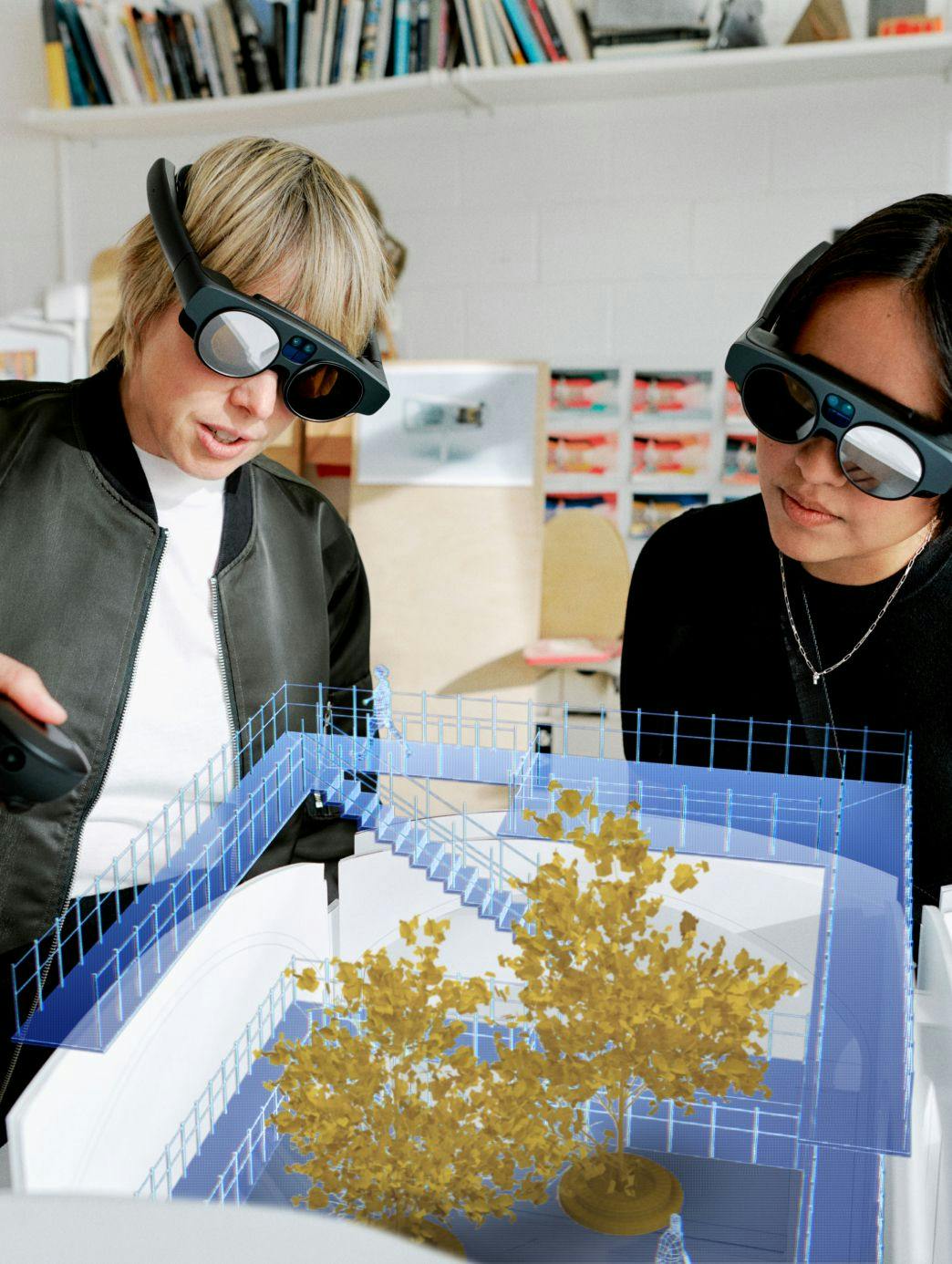
Unobstructed interaction
Magic Leap 2 integrates useful, beneficial AR visuals directly into the user's workspace through transparent lenses, with features like an expansive FOV and image washout prevention for use in diverse industry environments.
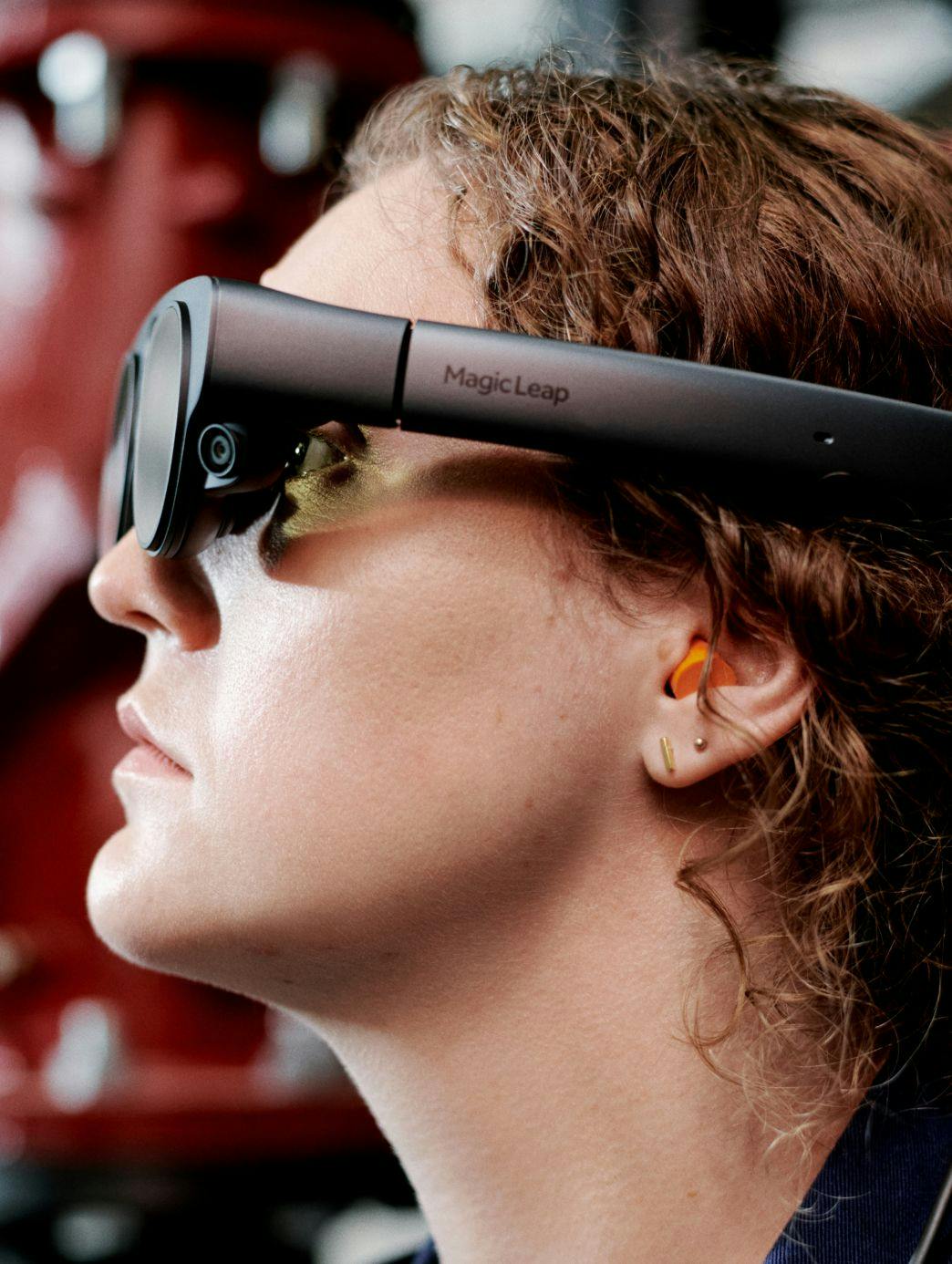
Immediate impact
Magic Leap 2 is already making an impact across industries. A diverse selection of available apps and open platform for easy custom app development makes it ideal for a broad range of use cases across industries.
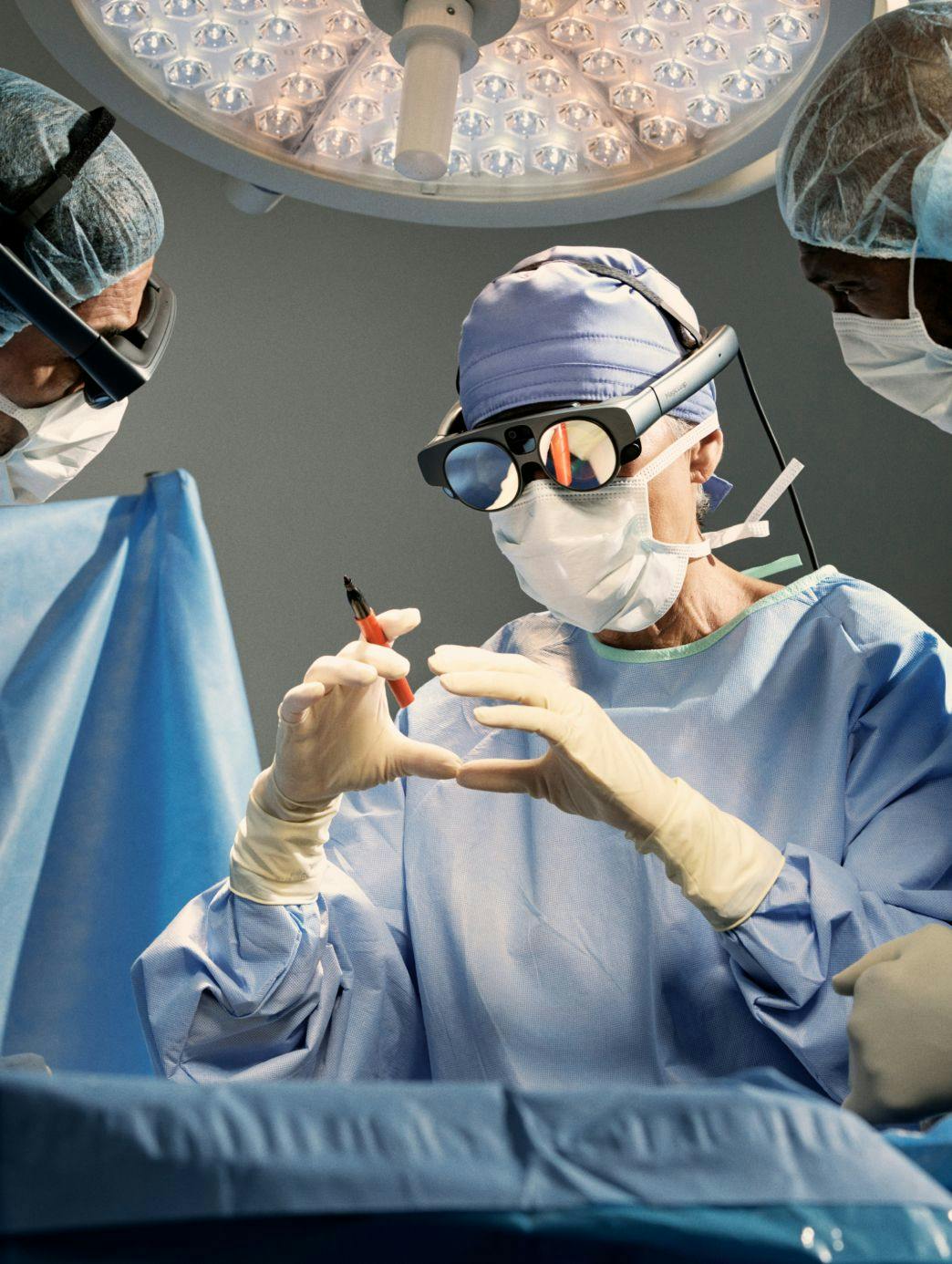
All-day comfort
Every Magic Leap 2 headset includes the Custom Fit app and a Fit Kit to ensure extended, comfortable use, while swappable Prescription Inserts, sold separately, accommodate multiple users.
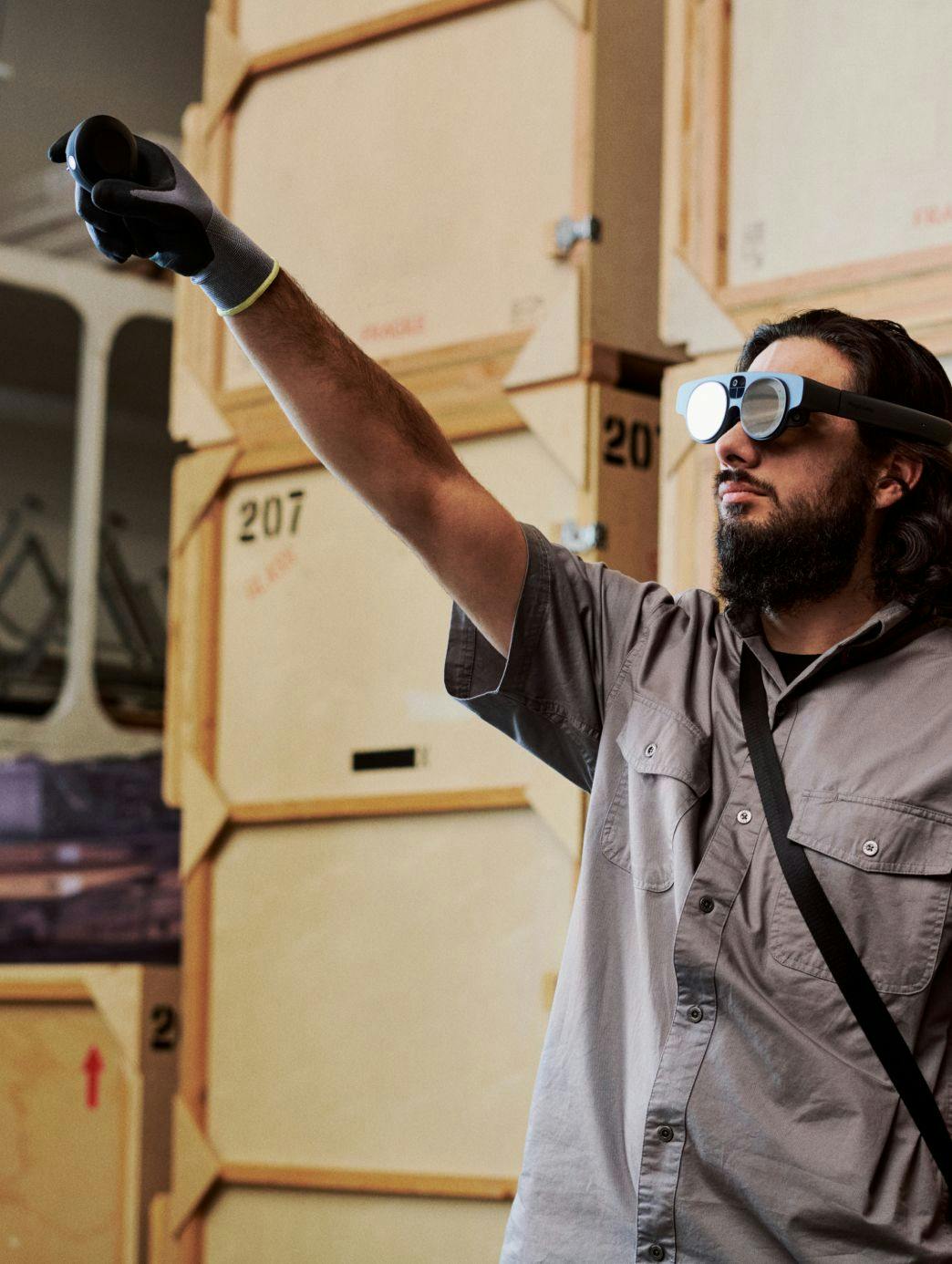
Easy integration
Enabling easy adoption into existing workflows, Magic Leap 2 provides scalable, secure solutions with OpenXRTM support1, cloud autonomy, and simple EMM and MDM for streamlined AR integration within organizations.
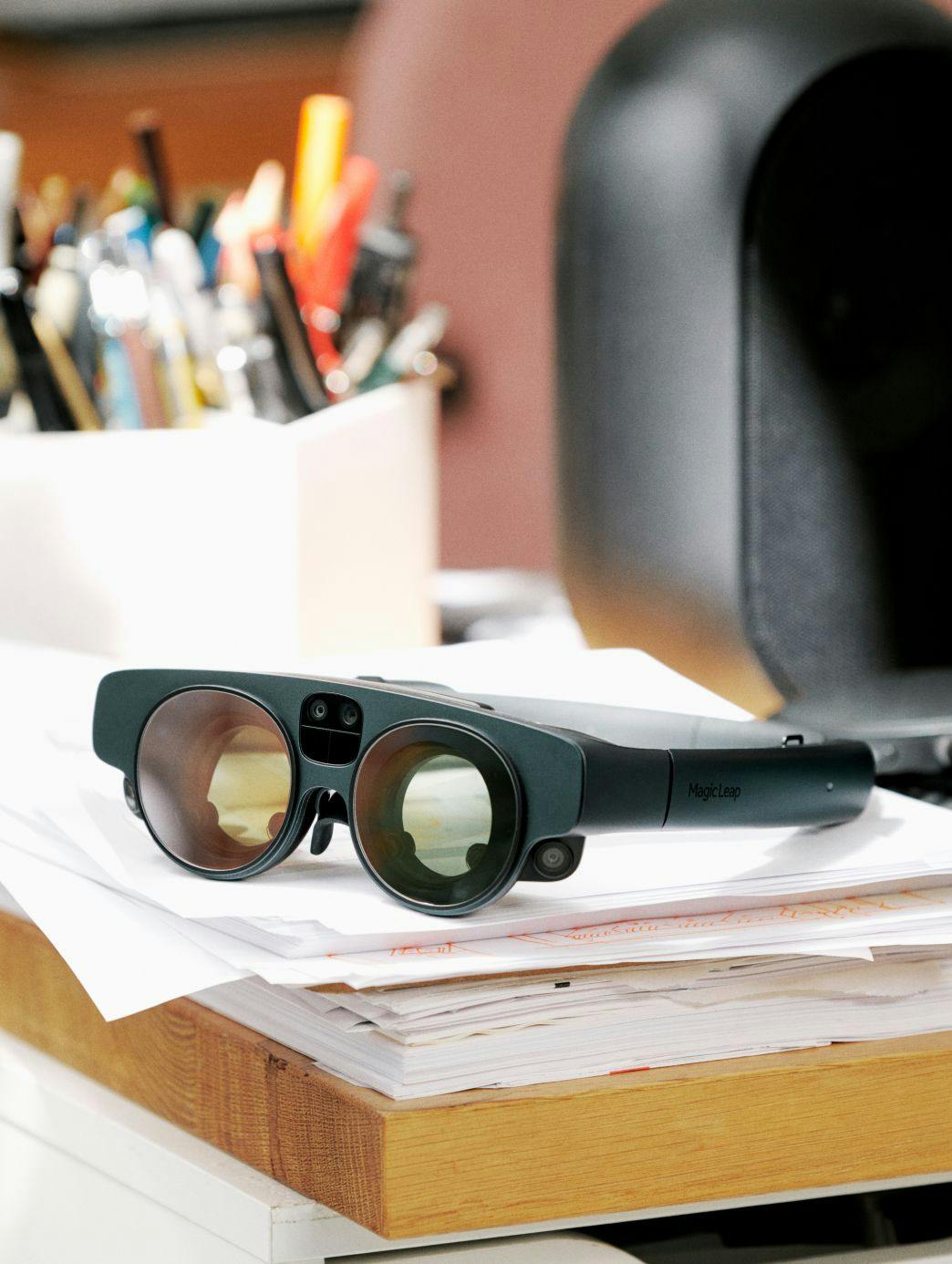
Developed for developers
Simplifying enterprise AR app development with OpenXR standards and extensive driver support, Magic Leap 2 offers long-term reliability for organizational growth and use.

High performance computing
Magic Leap 2 features a robust CPU/GPU combination and support for Remote Rendering, cloud, and edge computing to efficiently run even the most demanding AR apps.

Unobstructed interaction
Magic Leap 2 integrates useful, beneficial AR visuals directly into the user's workspace through transparent lenses, with features like an expansive FOV and image washout prevention for use in diverse industry environments.

Immediate impact
Magic Leap 2 is already making an impact across industries. A diverse selection of available apps and open platform for easy custom app development makes it ideal for a broad range of use cases across industries.

All-day comfort
Every Magic Leap 2 headset includes the Custom Fit app and a Fit Kit to ensure extended, comfortable use, while swappable Prescription Inserts, sold separately, accommodate multiple users.

Easy integration
Enabling easy adoption into existing workflows, Magic Leap 2 provides scalable, secure solutions with OpenXRTM support1, cloud autonomy, and simple EMM and MDM for streamlined AR integration within organizations.

Developed for developers
Simplifying enterprise AR app development with OpenXR standards and extensive driver support, Magic Leap 2 offers long-term reliability for organizational growth and use.

High performance computing
Magic Leap 2 features a robust CPU/GPU combination and support for Remote Rendering, cloud, and edge computing to efficiently run even the most demanding AR apps.
Contact sales to learn how AR can improve the way you work
Magic Leap 2 is transforming industry standards for productivity and innovation. Let's talk about what it can do for your business.
This site is protected by reCAPTCHA and the Google Privacy Policy and Terms of Service apply.
AR, VR, and passthrough VR comparison
Discover the differences between Magic Leap 2, virtual reality, and passthrough virtual reality.
| Magic Leap 2 (AR) | Virtual Reality (VR) | Passthrough VR (PVR) |
|---|---|---|---|
What is... | Magic Leap 2 is an augmented reality device that maintains its user's view of their environment while integrating digital content within it. Purpose-built for enterprise use, its open platform and industry-leading technology and features are designed to run transformative enterprise solutions. | Provides users with a world escapist experience by completely removing them from their real surroundings and immersing them in a totally digital world. | Integrates external-facing cameras into headset to mimic augmented reality. By combining a video feed of its user's world with rendered digital content, passthrough maintains only a limited degree of user's awareness and interaction with the physical world. |
Immersiveness and visual experience | Highly immersive. Real time view of physical world is maintained through transparent optics. Digital content appears where and when it is needed. | Highly immersive. Physical world is completely occluded. User has no view of their physical surroundings. | Highly immersive. Physical world is digitized via cameras; commonly suffers lag and distortion. |
Detrimental effects: Motion sickness (“cybersickness”) | Unlikely | Motion sickness | Motion sickness |
